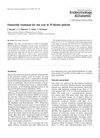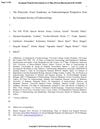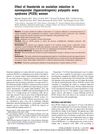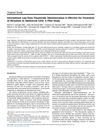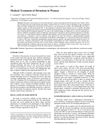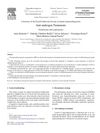Effects of Finasteride on the Morphology of Polycystic Ovaries
August 2004
in “
International journal of gynaecology and obstetrics
”
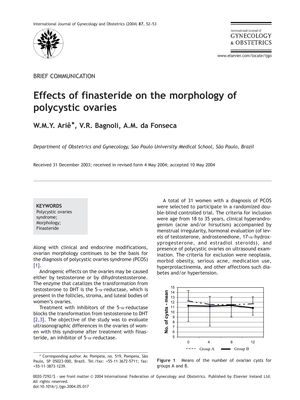
TLDR Finasteride doesn't change polycystic ovary size or cyst number, suggesting testosterone's role in their appearance.
This study aimed to evaluate the ultrasonographic differences in the ovaries of women with polycystic ovary syndrome (PCOS) after treatment with finasteride, an inhibitor of 5-a-reductase. A total of 31 women with a diagnosis of PCOS were selected to participate in a randomized double-blind controlled trial. The results showed that there were no differences in the volume and number of cysts in the ovaries of women treated with finasteride or those using placebo. This finding may demonstrate that testosterone, rather than DHT, is responsible for the morphology of polycystic ovaries.
